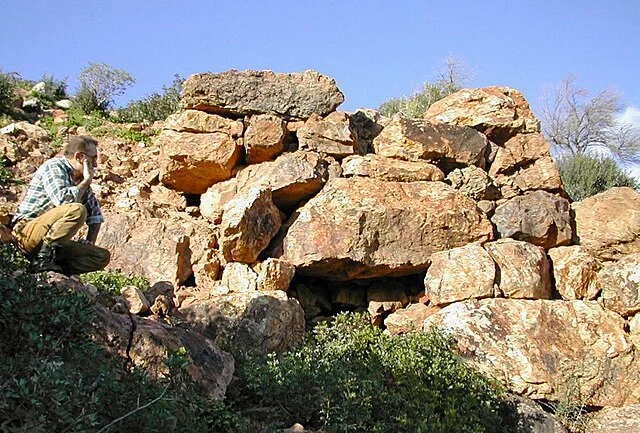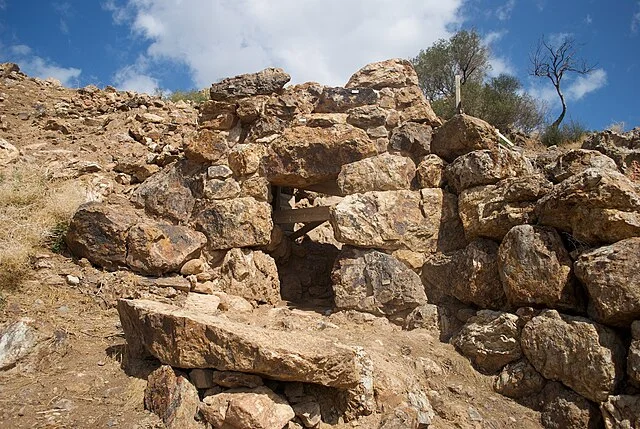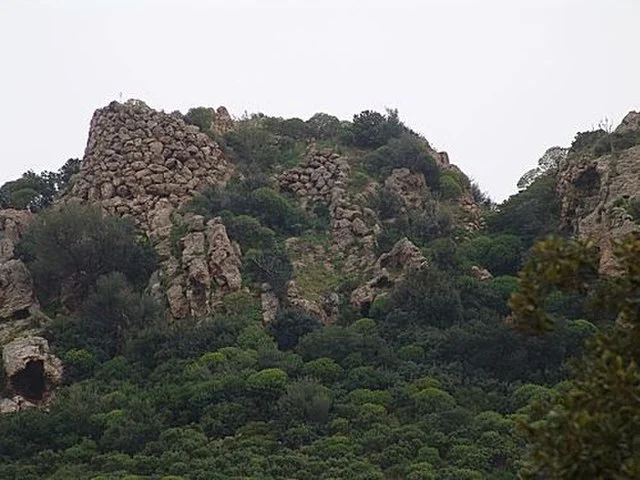Nuraghe Antigori is a Bronze Age archaeological site located in Sardinia, Italy. The Nuraghe culture, dominant on the island during the second millennium BC, constructed thousands of these megalithic edifices. Nuraghe Antigori, like other nuraghi, served as both a defensive structure and a social gathering space.
Get your dose of History via Email
Structure and Architecture

Nuraghe Antigori features a central tower (called a “mastio”) with a surrounding wall, typical of nuraghi designs. Built using large basalt blocks, its construction reflects advanced engineering skills. The tower’s interior includes chambers and stairways, suggesting multiple purposes, including storage and shelter. Most nuraghi structures, including Nuraghe Antigori, have conical roofs, which indicate a sophisticated understanding of stone masonry.
Historical Context
Archaeological studies place Nuraghe Antigori within the Middle Bronze Age, around the 15th century BC. It represents the height of Nuragic civilization, which thrived from approximately 1800 BC until the Roman conquest in the late 3rd century BC. This civilization is known for its unique architectural developments, distinct from other Mediterranean cultures.
Excavations and Findings

Excavations of Nuraghe Antigori have revealed artifacts such as pottery, tools, and weapons. These objects demonstrate the inhabitants’ high level of craftsmanship and their interactions with other cultures. Notably, Mycenaean pottery found at the site suggests trade relations between Sardinia and the Aegean civilizations. These connections imply that Nuraghe Antigori was part of broader Mediterranean trade networks.
Importance in Nuragic Culture
Nuraghe Antigori played a significant role in the social and political structure of Nuragic society. Its strategic location allowed the inhabitants to control surrounding land and resources. The site likely functioned as both a military stronghold and a center of communal activities. As a result, Nuraghe Antigori is an important example of Nuragic social organization and architectural development.
Modern Preservation and Research
Today, Nuraghe Antigori is recognized as an important cultural heritage site. Archaeologists continue to study its structure and artifacts to better understand the Nuragic civilization. Preservation efforts focus on protecting the site from environmental damage and ensuring its accessibility for future research. Ongoing studies contribute to the growing knowledge of Sardinian prehistory and its role in the broader context of Mediterranean civilizations.
Conclusion
Nuraghe Antigori stands as a testament to the advanced architectural and social achievements of the Nuragic civilization. Its construction, strategic location, and trade connections highlight its significance during the Bronze Age. Ongoing research will continue to uncover more details about the site and its role in Sardinian history.
Source:

